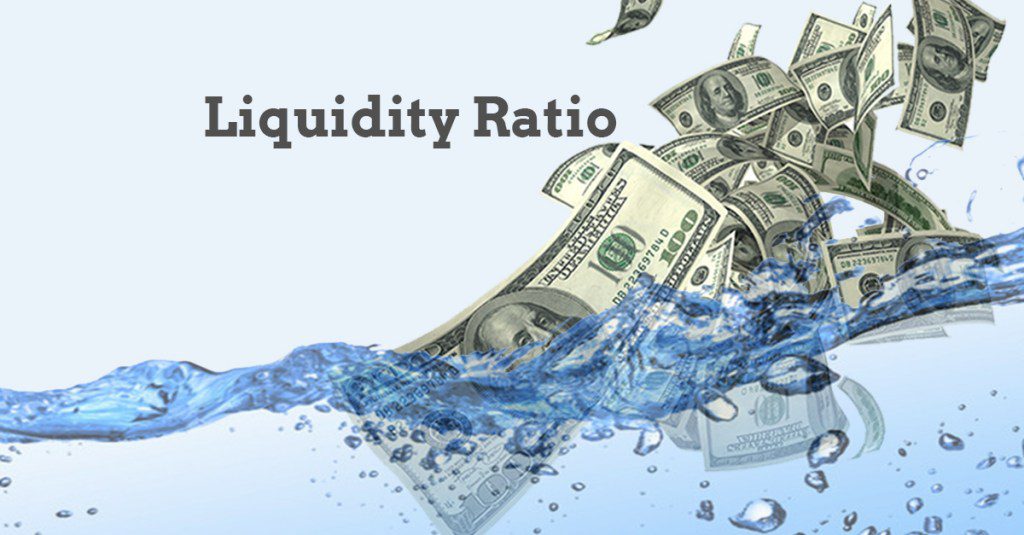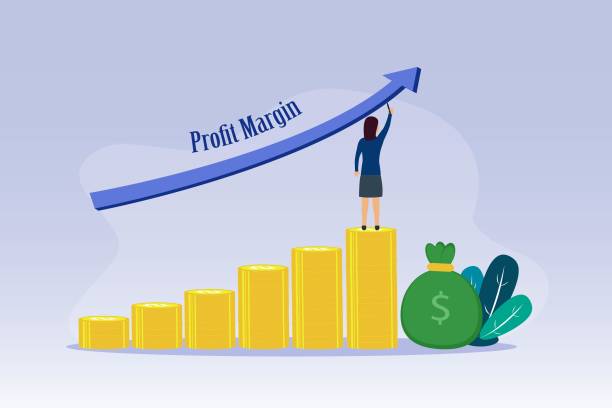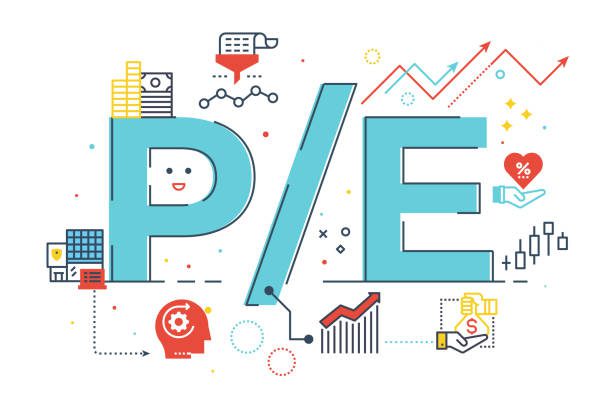10 Financial Ratios – Must Know for Business Owners
December 5, 2022
Setting up a small business to grow and become profitable largely depends on having all the critical information on your business’s finances. And simply having your profit and loss statements won’t cut it. You need to look into the details, like financial ratios.
There are many reasons why you should educate yourself about financial ratios and consider evaluating them. For one, they help you make decisions regarding your business. Two, they contextualize financial information by simplifying financial statements. This makes them effective at providing an overview of your business’s finance and health.
Financial ratios can be divided into 4 categories:
A. Liquidity Ratios:
Your company’s liquidity is a gauge of its capacity to meet short-term obligations
B. Leverage Ratios:
Your company’s leverage ratios examine the amount of capital that originates from debt (loans) or evaluates a company’s capacity to satisfy its financial commitments.
C. Profitability Ratios:
Your company’s profitability ratio shows how well your business earns a profit and adds value for shareholders.
D. Asset Management Ratios:
Your company’s asset management ratio demonstrates how you have utilized or managed your resources to produce profits.
This blog will look at 10 financial ratios that every small business owner must know across these 4 categories. So, without further ado, let’s begin!
A. Liquidity Ratios

1. Current Ratios
Current ratio accounting is one of the most popular liquidity ratios. Also known as the working capital ratio, it tells you how quickly you can turn your assets into cash to clear your liabilities and debts within a year.
Formula: Current Ratio = Current Assets/ Current Liabilities.
A current ratio of more than 1.0 indicates you have enough cash to cover your short-term obligations. However, too high current ratios, for instance, 3.0, could be alarming. It may mean you need to manage your working capital or current assets more efficiently.
2. Quick Ratio
The quick ratio is similar to the current ratio but doesn’t include inventory and prepaid expenses. It only considers the most liquid assets. This ratio analysis is used to ensure there’s enough cash to pay for immediate expenses, such as payroll and inventory costs.
Formula: Quick Ratio = (Cash & Cash Equivalents + Marketable Securities + Accounts Receivable) / Current Liabilities
A quick ratio of more than 1.0 indicates that it can pay off all its current liabilities at once.
3. Days of Working Capital
The difference between your current assets and current liabilities equals your working capital. The days of working capital ratio analysis demonstrate how long it takes to convert your working capital into sales.
Formula: Days Working Capital Formula = (Working Capital * 365) / Revenue from Sales.
A higher ratio indicates that your business requires more time to convert its working capital to revenue. In contrast, a lower ratio indicates that you are efficiently using your working capital and thus require fewer funds.
B. Leverage Ratios

4. Debt to Equity Ratio
The debt-to-equity ratio gauges the company’s financial structure risk by comparing total debt to total equity. The ratio analysis may indicate when your business is taking on too much debt and having trouble making payments. Here, liabilities include debts plus any leases.
Formula: Debt-to-Equity ratio: Total Liabilities/Shareholders’ Equity
Since the interpretation of this metric may change depending on the sector, it’s wise to compare the debt-to-equity ratio with past performance and that of competing businesses.
5. Debt-to-Capitalization Ratio
The debt-to-capitalization ratio analysis gauges the debt in your business’s capital structure. The goal is to evaluate the degree of financial and operational risk your business is willing to accept.
Formula: Debt-to-Capital Ratio = Total Debt / (Total Debt + Shareholder’s Equity)
A higher ratio often indicates a higher level of risk for the business. For instance, if a company borrows money to fuel its activities, it repays the loan from the profits.
6. Debt to Total Assets
Also known as the Debt ratio, it gauges whether your business owes (debts) more than what it possesses (assets). This is of particular interest to investors since it allows you to decide whether your business is financially stable.
Formula: Debt-To-Total-Assets Ratio = Total Liabilities / Total Assets
A higher ratio suggests more risks since the firm will have trouble paying back its creditors. It indicates higher susceptibility to bankruptcy.
C. Profitability Ratios

7. Gross Profit Margin
The gross profit margin ratio measures the money left over after deducting all direct expenses. It shows how much money a business makes for every cent it spends on manufacturing.
Formula: Gross Profit Margin = Revenue – Cost of Goods Sold / Revenue
Companies with better results usually have an edge over their rivals in the market because they may set competitive prices for their products.
8. Return on Assets
The Return on Asset Ratio gives you an idea of how well your business performs by comparing gains (profits) with the capital put into assets.
Formula: Return on Assets = Net Income/ Total Assets
If your company’s ROA is low, it suggests it could do a better job of managing its balance sheet to maximize earnings, while a high ROA shows that it is doing a good job overall.
D. Asset Management Ratios

9. Inventory Turnover Ratio
Inventory Turnover ratios display the frequency with which the business sold and restocked its inventories within the relevant accounting period.
Formula: Inventory Turnover Ratio = Net Sales / Inventory
A higher ratio is preferable, but it might also indicate a stock-out risk if it becomes too high. The optimal inventory turnover ratio for most organizations is between 5 and 10, which means that goods should be sold and restocked every 1 to 2 months. The percentage has to be greater for businesses dealing with perishable items, including florists and supermarkets, to avoid stock losses due to spoiling.
Determining what your clients want and need by calculating the turnover ratio for each item can help you run your company profitably.
10. Total Asset Turnover
Total Asset Turnover is a ratio that assesses how well a business uses all its assets to generate revenue.
Formula: Asset turnover = Sales / Total Assets
Stakeholders see a firm as more effective and productive if its ratio is higher.
Wrapping Up
Besides getting a deeper understanding of your business’s finance, financial ratio acts as tools for financial planning. Based on the data, you may implement necessary changes in your finance or business structure to ensure profitability and sustainability.
If you are starting and want to stay on top of your business’s finances, it would be wise to consult an experienced accounting firm such as GJM & Co. GJM experts will walk you through the significance of financial ratios, calculate them for your business and help interpret them for you. Should you have any queries or need consultation, Schedule a Call today or write to us at info@gjmco.in
Read our another article on Small Business Bookkeeping Guide